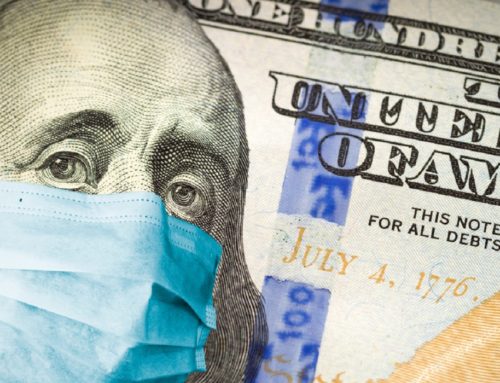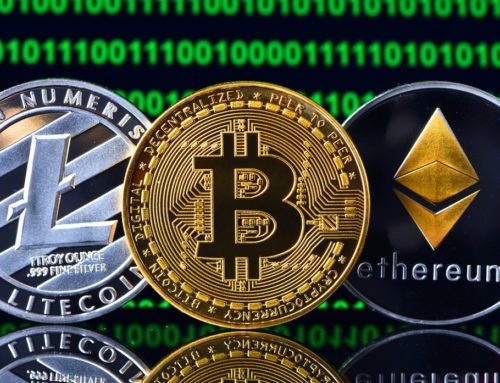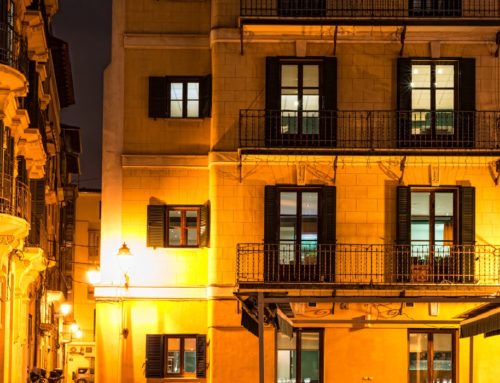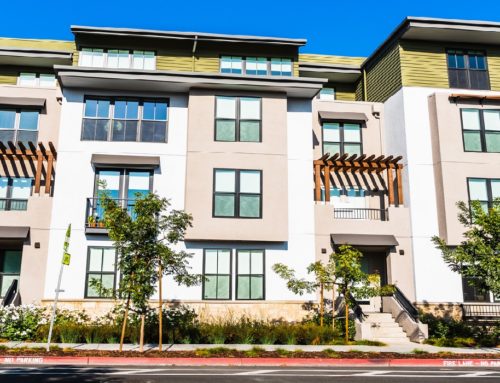On April 22, 2021, the IRS issued Revenue Procedure 2021-20, which provides a safe harbor allowing taxpayers who did not deduct expenses paid with forgiven PPP loans in 2020 to deduct those expenses in the next tax year. The failure to deduct those expenses was consistent with IRS guidance at the time, but that guidance was superseded by the COVID-Related Tax Relief Act of 2020, enacted on 12/27/2020.
Background
The Coronavirus Aid, Relief, and Economic Security Act (CARES Act), enacted 3/27/2020, established the Paycheck Protection Program (PPP) to provide economic assistance to small businesses adversely impacted by the pandemic. An individual or entity eligible for an original PPP loan could have the PPP loan forgiven up to the amount of payments made for the following items: (i) payroll costs, (ii) interest on a covered mortgage obligation, (iii) any covered rent obligation payment, and (iv) any covered utility payment (Original Eligible Expenses).
On April 30, 2020, the IRS released Notice 2020-32, which clarified that no deduction was allowed for otherwise deductible expenses if the payment of those expenses resulted in forgiveness of a PPP loan. On November 18, 2020, the IRS released Revenue Ruling 2020-27, which held that a taxpayer that incurred otherwise deductible expenses in its 2020 taxable year could not deduct those expenses if, at the end of the taxpayer’s 2020 taxable year, the taxpayer had a reasonable expectation of PPP loan forgiveness.
The above-described guidance was superseded by the enactment of the COVID-Related Tax Relief Act of 2020 (Tax Relief Act) on December 27, 2020. The Tax Relief Act provided that “no amount shall be included in the gross income of the eligible recipient by reason of forgiveness of indebtedness [on an original PPP covered loan],” and “no deduction shall be denied, no tax attribute shall be reduced, and no basis increase shall be denied, by reason of [that] exclusion from gross income.” Revenue Ruling 2021-2, released on January 25, 2021, rendered obsolete Notice 2020-32 and Rev. Rul. 2020-27.
The Safe Harbor
For those taxpayers that followed then-current IRS guidance in preparing their tax returns for their tax years ending in 2020, and failed to deduct expenses that were subsequently made deductible by the Tax Relief Act, Rev. Proc. 2021-20 provides a safe harbor for deducting those expenses in the following tax year.
A taxpayer may elect to deduct otherwise deductible Original Eligible Expenses on the tax return for the taxpayer’s immediately subsequent tax year if the taxpayer: (i) is a “Covered Taxpayer,” and (ii) satisfies certain additional requirements.
A Covered Taxpayer is a taxpayer that satisfies all of the following:
(1) The taxpayer received an original PPP loan;
(2) The taxpayer paid or incurred Original Eligible Expenses during the taxpayer’s 2020 taxable year;
(3) On or before December 27, 2020, the taxpayer timely filed a federal income tax return or information return for the taxpayer’s 2020 taxable year; and
(4) On the taxpayer’s federal income tax return or information return the taxpayer did not deduct the Original Eligible Expenses because: (i) the expenses resulted in forgiveness of the original PPP covered loan; or (ii) the taxpayer reasonably expected at the end of the 2020 taxable year that the expenses would result in such forgiveness.
The additional requirements are:
(1) Election Deadline. A Covered Taxpayer must make the election by attaching the statement described below to the Covered Taxpayer’s federal income tax return or information return for the Covered Taxpayer’s first tax year following the 2020 taxable year.
(2) Requirements for Statement. The statement must be titled “Revenue Procedure 2021-20 Statement” (and named RevProc2021-20.pdf for e-file attachments) and include the following:
(a) The Covered Taxpayer’s name, address, and social security number or taxpayer identification number;
(b) A statement that the Covered Taxpayer is applying the safe harbor provided by Section 3.01 of Rev. Proc. 2021-20;
(c) The amount and date of disbursement of the taxpayer’s original PPP covered loan; and
(d) A list, including descriptions and amounts, of the Original Eligible Expenses paid or incurred by the Covered Taxpayer during the 2020 tax year.
Rev. Proc. 2021-20 has a couple of limitations: (i) the safe harbor applies only to “original PPP loans” (i.e., not to “second draw PPP loans” authorized by the Tax Relief Act); and (ii) the safe harbor applies only to “Original Eligible Expenses,” and not to the expanded list of eligible expenses provided in the Tax Relief Act.
The safe harbor may be helpful to some taxpayers. Others may find it too cumbersome to use. In the opinion of one CPA, “qualifying for the safe harbor and attaching the statement to the return seems rather complicated. Perhaps it would be simpler to file an amended return or administrative adjustment to claim the deductions.”





